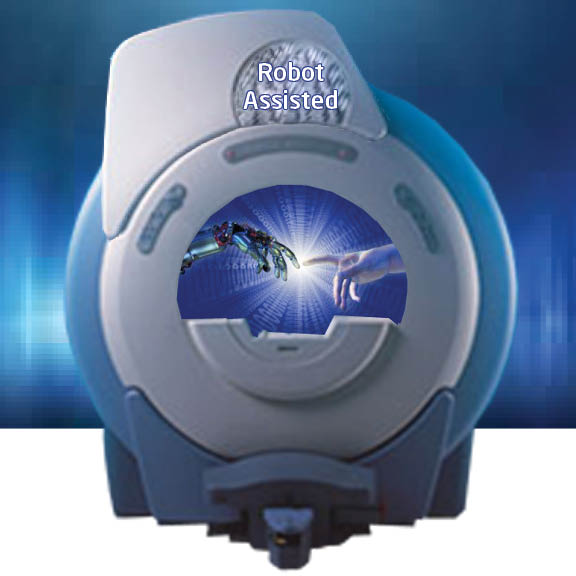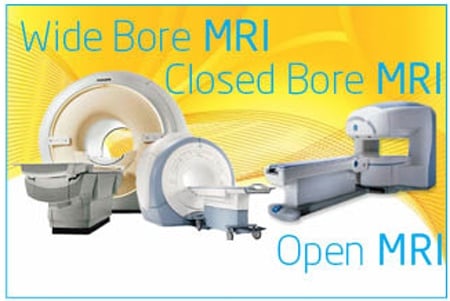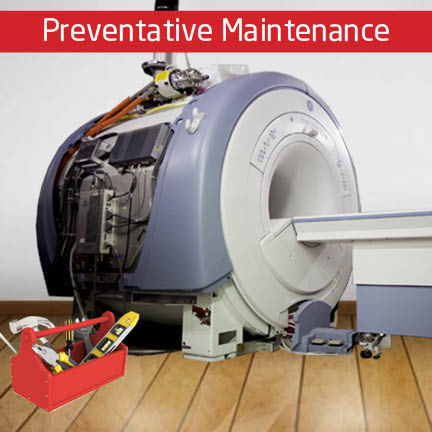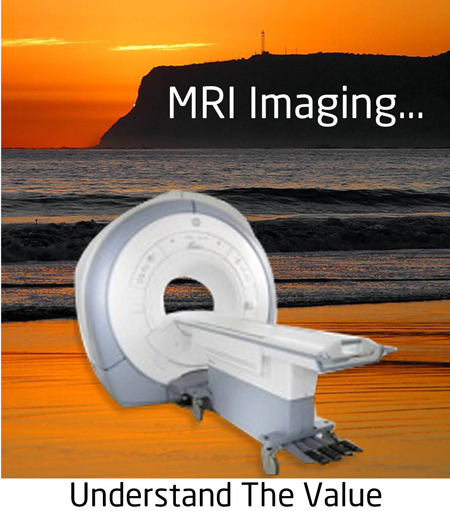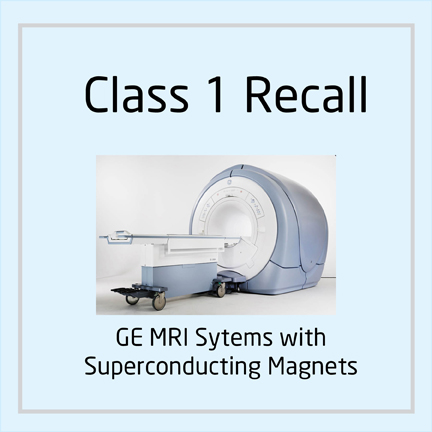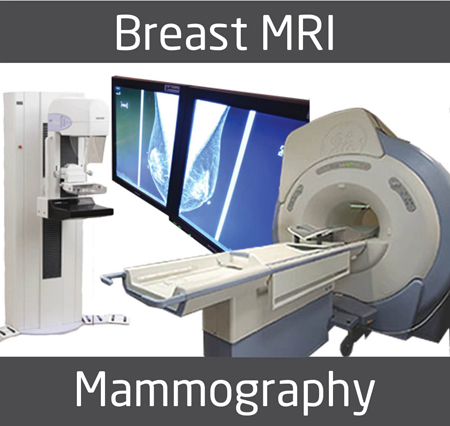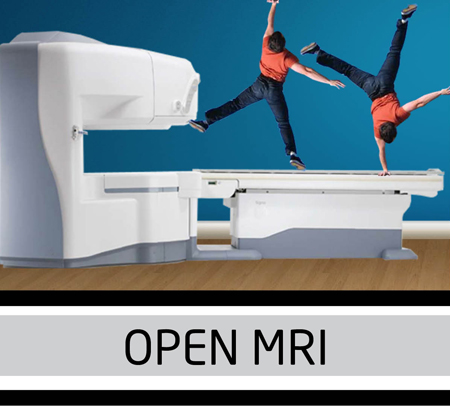Over the last 50 years medical imaging has repeatedly transformed medicine. X-Ray, MRI, DXA and CT Scans have changed how physicians measure, manage, diagnose, treat, and even think about medical illnesses and conditions. Technological innovations have also made imaging faster, more precise and less invasive to use. In fact, medical imaging is such an essential part of health care practice today that it often becomes the standard preliminary step for diagnosing virtually all major medical conditions and diseases. In some cases medical imaging itself is even being used to treat, manage and predict disease.
Read MoreSensible Solutions for Refurbished Radiology
Medical Imaging: Fueling the Future of Health Care
Posted by Vikki Harmonay on Tue, Nov 10, 2015 @ 09:11 AM
Topics: Medical Imaging News, MRI, Medical Imaging Equipment
An MRI consists of multiple coils of conductive wire. They are stacked or nested, and loop around the core of the coil. Each wire serves a different purpose, but are usually a physically small antennae of sorts. They produce a uniform magnetic field without producing significant amounts of radiation.
Read MoreTopics: Medical Imaging Comparisons, MRI, Medical Imaging Equipment
Closed Bore - Open MRI - Wide Bore - Don’t be fooled again!
Posted by Vikki Harmonay on Tue, Jul 21, 2015 @ 13:07 PM
As a health care professional or administrator it’s important to know the difference between the various types of MRI equipment. However, before we jump into the differences, let’s examine the basics. MRI is an acronym that stands for Magnetic Resonance Imaging. Most of these complex machines are commonly referred to as “MRI” or “MRI scanners,” regardless of the type of specific MRI equipment being referred to. Please check out our INFOGRAPHIC HERE on MRI Differences too!
Read MoreTopics: Medical Imaging Comparisons, MRI
Magnetic resonance imaging uses magnetic fields and radio waves to form images of the body. These images can be used to diagnose a wide variety of health conditions, making reading these images a critical part of a radiologist’s training. Sometimes, structures appear in the MRI imaging that is not anatomically present. These artifacts can mimic pathologies, leading to improper diagnoses. Learning to recognized common artifacts and how to avoid them improves the diagnostic properties of MRI.
Read MoreTopics: MRI, More Than Just Imaging Solutions
If you already have an MRI in your facility and you were there when it was installed, you know how much work went into building that MRI suite. Now that’s it’s up and working, you want to make sure it stays that way, right? The good news is, there are ways to avoid or prevent the unexpected from happening, thanks to MRI preventative maintenance.
Read MoreTopics: Used Medical Imaging Equipment, MRI, Medical Imaging Equipment Service
The Growing Need for MRI in Veterinary Medicine
Posted by Vikki Harmonay on Mon, May 4, 2015 @ 12:05 PM
We were reminded this week, unfortunately, that MRIs are not just for people any more. One of our co-workers has a beautiful six-year-old brindle bullmastiff that began having seizures—and not just one now and then, but multiple times a day. A trip to the neurologist resulted in an order for a brain MRI. Unfortunately, the diagnosis was not good—a brain tumor that was large and inoperable. While our friend is heartbroken, she’s also relieved that she knows exactly what’s wrong, what to expect, and roughly how much time she has left with Poudre.
Read MoreTopics: Imaging Equipment Solutions, MRI, Veterinary Blogs
How to Survive an MRI Without Freaking Out: The Facts
Posted by Vikki Harmonay on Tue, Mar 24, 2015 @ 13:03 PM
Have you ever had an MRI? As for me, I didn’t mind it at all. But for some folks, it ranks right up there with the dreaded colonoscopy. The idea of having to stay completely (ok, deathly) still while listening to that annoying and incredibly loud banging noise sends them screaming to the nearest tranquilizer. In fact, I’ve known a few who actually left before having the procedure!
Read MoreTopics: MRI, More Than Just Imaging Solutions
GE MRI’s recalled by FDA, WHAT YOU SHOULD DO.
Posted by Vikki Harmonay on Mon, Mar 2, 2015 @ 11:03 AM
On February 18th, 2015 General Electric announced a recall that may include your GE MRI system. This “field corrective action” covers it total install base of 12,968 MRI systems installed worldwide.
Read MoreTopics: Used Medical Imaging Equipment, MRI
Mammography or Breast MRI? Which is More Effective?
Posted by Vikki Harmonay on Wed, Oct 15, 2014 @ 15:10 PM
In the past few years, numerous studies have been published about which is the right technology to detect breast cancer early. So who wins the great debate: Mammography or Breast MRI?
Read MoreTopics: Mammography, Medical Imaging Comparisons, MRI, More Than Just Imaging Solutions
Back in the day, all MRIs were long, dark and uninviting. Patients entered a confining, deep tunnel for the procedure, which proved uncomfortable for some patients, and impossible for those with claustrophobia. And let’s face it, no one wanted to have his or her child—or elderly relative-- experience that type of MRI exam. When Open MRI system hit the market, the number of potential MRI patients grew tremendously. In addition, to the new appeal of an open environment, many Open MRI systems were easier to site and less expensive than their high field counterparts. In addition because Open MRI systems did not use cryogens, their service contracts were also lower than high field MRI systems.
Until 2004, physicians who required high field stre
Read MoreTopics: Buying Imaging Equipment, MRI, Refurbished medical imaging equipment

